Partners
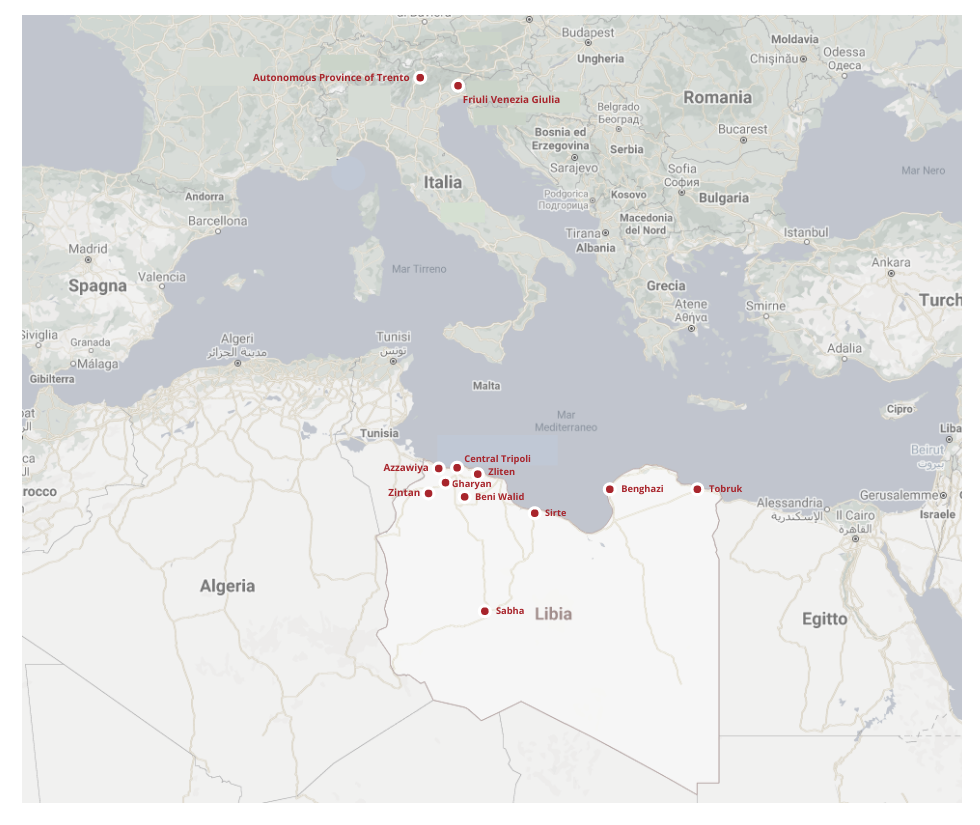
Autonomous Province of Trento, Italy (Lead partner)
 Trentino, as it is commonly called, is an italian autonomous province, part of the Region Trentino Alto Adige located in a mountain area in the north-east. The capital is Trento. Its population is around 550,000 people.
Trentino, as it is commonly called, is an italian autonomous province, part of the Region Trentino Alto Adige located in a mountain area in the north-east. The capital is Trento. Its population is around 550,000 people.
Website: http://www.provincia.tn.it/, Facebook site
Municipality of Azzawiya, Libya
 The municipality of Azzawiya is located on the north-west coast of the country. Its population is around 100,000. The main economic activities are: agriculture, oil refining and livestock production.
The municipality of Azzawiya is located on the north-west coast of the country. Its population is around 100,000. The main economic activities are: agriculture, oil refining and livestock production.
Municipality REBUILD contact, zawiya.rebuild@gmail.com
Official site: http://www.azzawiya.gov.ly/, Facebook site, REBUILD dedicated facebook page
Municipality of Benghazi, Libya
 The municipality of Benghazi is located on the northeast coast of the country. Its population is around 800,000. The main economic activities are commercial business, services, governmental jobs, livestock trade, fishing, oil refining, salt and cement manufacturing, and tanning.
The municipality of Benghazi is located on the northeast coast of the country. Its population is around 800,000. The main economic activities are commercial business, services, governmental jobs, livestock trade, fishing, oil refining, salt and cement manufacturing, and tanning.
Municipality contact: benghazi.rebuild@gmail.com
Facebook site; Municipal Development and Decentralization Support Center
Municipality of Beni Walid, Libya
![]() The municipality of Beni Walid is located in the northwest of the country. Its population is around 50,000.
The municipality of Beni Walid is located in the northwest of the country. Its population is around 50,000.
Municipality Project contact: beniwalid.rebuild@gmail.com
Facebook site, REBUILD dedicated facebook page
Municipality of Gharyan, Libya
 The municipality of Gharyan is located in a mountain area in the northwest of the country. Its population is around 180,000. The main economic activities are commercial business, agriculture, olive-oil processing, flour milling, carpet weaving and pottery making.
The municipality of Gharyan is located in a mountain area in the northwest of the country. Its population is around 180,000. The main economic activities are commercial business, agriculture, olive-oil processing, flour milling, carpet weaving and pottery making.
Municipality Project Contact: gharyan.rebuild@gmail.com
Official site: gharyan.gov.ly/, Facebook site , REBUILD dedicated facebook page
Municipality of Sebha, Libya
 The municipality of Sebha is located in the southwest of the country. Its population is around 200,000. The main economic activities are commercial business, services, governmental jobs, agriculture, grazing and handicraft industries.
The municipality of Sebha is located in the southwest of the country. Its population is around 200,000. The main economic activities are commercial business, services, governmental jobs, agriculture, grazing and handicraft industries.
Municipality Project contact: sabha.rebuild@gmail.com
Facebook site; Training and Development Center at Sebha University
Municipality of Sirte, Libya
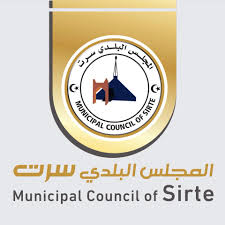 The municipality of Sirte is located on the north-central coast of the country. Its population is around 150,000. The main economic activities are administration, governmental jobs, trade, agriculture, milk and dairy production and steam power production.
The municipality of Sirte is located on the north-central coast of the country. Its population is around 150,000. The main economic activities are administration, governmental jobs, trade, agriculture, milk and dairy production and steam power production.
Municipality Project contact: sirte.rebuild@gmail.com
Facebook site, REBUILD dedicated facebook page
Municipality of Tobruk, Libya
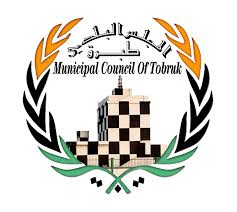 The municipality of Tobruk is located on the northeast coast of the country. Its population is around 220,000. The main economic activities are commercial business, services, governmental jobs and livestock trade.
The municipality of Tobruk is located on the northeast coast of the country. Its population is around 220,000. The main economic activities are commercial business, services, governmental jobs and livestock trade.
Municipality Project contact: tubrok.rebuild@gmail.com
Facebook site
Municipality of Tripoli Centre, Libya
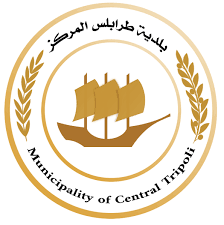 The municipality of Tripoli Centre is located on the northwest coast of the country. Its population is around 175,000. The main economic activities are trade, medical services, banking, public administration, education, hotel, building and housing.
The municipality of Tripoli Centre is located on the northwest coast of the country. Its population is around 175,000. The main economic activities are trade, medical services, banking, public administration, education, hotel, building and housing.
Municipality Project contact: tripoli.rebuild@gmail.com
Official site: tripoli.gov.ly/, Facebook site
Municipality of Zintan, Libya
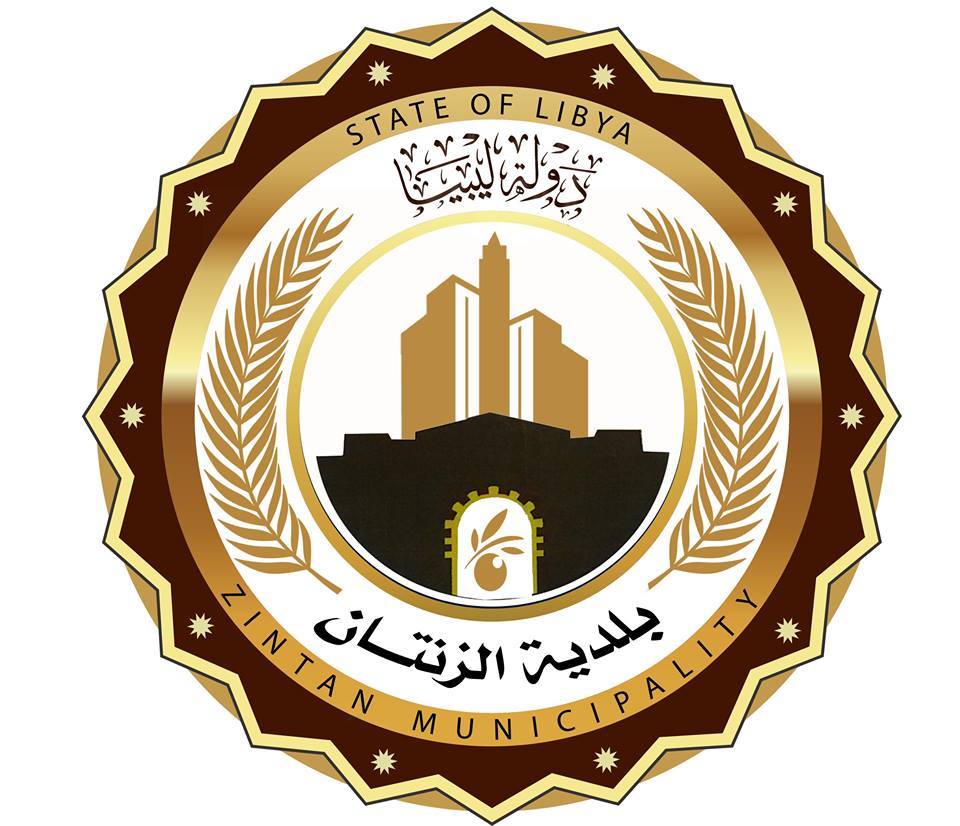 The municipality of Zintan is located in the north-west of the country. Its population is around 80,000. The main economic activities are: commercial business, services, governmental jobs, agriculture and grazing.
The municipality of Zintan is located in the north-west of the country. Its population is around 80,000. The main economic activities are: commercial business, services, governmental jobs, agriculture and grazing.
Municipality Project contact: zintan.rebuild@gmail.com
Facebook site; MDDSC Western Mountains Branch
Municipality of Zliten, Libya
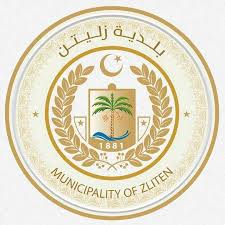 The municipality of Zliten is located on the northwest coast of the country. Its population is around 300,000.
The municipality of Zliten is located on the northwest coast of the country. Its population is around 300,000.
Municipality Project contact: zliten.rebuild@gmail.com
Official site: zliten.gov.ly/, Facebook site
Autonomous Region Friuli Venezia Giulia, Italy
 Friuli Venezia Giulia is an Italian autonomous region, located in the northeast. The capital is Trieste. Its population is around 1.2 million people.
Friuli Venezia Giulia is an Italian autonomous region, located in the northeast. The capital is Trieste. Its population is around 1.2 million people.
Website: http://www.regione.fvg.it/rafvg/cms/RAFVG/
University of Azzawiya
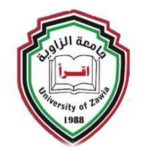 Azzawiya University is one of the public universities spread throughout Libya. It was established in 1988 based on Resolution No. (135) of the (former) General People’s Committee. It is a member of the Union of Arab Universities, the Union of African Universities, and the Union of Islamic Universities. The university includes 27 colleges distributed in the cities of: Al-Zawiya, Al-Ajailat, and Zuwara, covering the specializations of arts, teacher preparation, physical education, law, economics, science, veterinary and agricultural sciences, engineering, human medicine, dentistry, pharmacy, and medical technology. , public health, and information technology.
Azzawiya University is one of the public universities spread throughout Libya. It was established in 1988 based on Resolution No. (135) of the (former) General People’s Committee. It is a member of the Union of Arab Universities, the Union of African Universities, and the Union of Islamic Universities. The university includes 27 colleges distributed in the cities of: Al-Zawiya, Al-Ajailat, and Zuwara, covering the specializations of arts, teacher preparation, physical education, law, economics, science, veterinary and agricultural sciences, engineering, human medicine, dentistry, pharmacy, and medical technology. , public health, and information technology.
The university currently operates its departments and colleges in modern buildings and educational facilities in the university city, which is located six kilometers south of the city of Azzawiya. It covers about one hundred hectares, and the buildings of this city have taken into account the aesthetics of interior and exterior design. The number of faculty members at the university is about 2,400 faculty members. The number of employees is about 2,700 employees and technicians.
Communicating with local and international bodies through the International Cooperation Office.
The university has more than 50 agreements with Arab and international academic institutions.
https://www.facebook.com/profile.php?id=100071306450021&mibextid=ZbWKwL
University of Benghazi
![]() The University of Benghazi, located in Benghazi, Libya, is one of the country’s largest and oldest public universities. Founded in 1955 as the University of Libya, it later became the University of Benghazi in 1976 after the division of the original institution. The university offers a wide range of undergraduate and postgraduate programs across various faculties, including medicine, engineering, science, arts, and law. With a commitment to academic excellence and research, it serves tens of thousands of students from across Libya. Despite periods of political instability, the university remains a symbol of resilience and intellectual growth. Its campus is home to historic buildings and modern facilities. The faculty members include respected scholars and professionals dedicated to education and innovation. The university plays a crucial role in the social and economic development of eastern Libya. It continues to contribute significantly to scientific research and community service in the region.
The University of Benghazi, located in Benghazi, Libya, is one of the country’s largest and oldest public universities. Founded in 1955 as the University of Libya, it later became the University of Benghazi in 1976 after the division of the original institution. The university offers a wide range of undergraduate and postgraduate programs across various faculties, including medicine, engineering, science, arts, and law. With a commitment to academic excellence and research, it serves tens of thousands of students from across Libya. Despite periods of political instability, the university remains a symbol of resilience and intellectual growth. Its campus is home to historic buildings and modern facilities. The faculty members include respected scholars and professionals dedicated to education and innovation. The university plays a crucial role in the social and economic development of eastern Libya. It continues to contribute significantly to scientific research and community service in the region.
University of Bani Waleed
 Bani Waleed University (BWU) is a public higher education institution established in 2015 in the city of Bani Waleed, Libya. Recognized by the Ministry of Higher Education and Scientific Research of Libya, BWU offers a range of undergraduate programs across nine faculties: Islamic Sciences, Arts, Education, Law, Agriculture, Science, Economics, Political Science, and Medical Technology. The university serves approximately 8,000 students and employs over 600 faculty members. BWU is committed to academic excellence, community service, and sustainable development. It actively participates in international collaborations, including Erasmus+ and Horizon Europe projects, and has been recognized in global university rankings. The university’s mission focuses on producing qualified graduates, conducting impactful research, and fostering innovation to meet societal needs.
Bani Waleed University (BWU) is a public higher education institution established in 2015 in the city of Bani Waleed, Libya. Recognized by the Ministry of Higher Education and Scientific Research of Libya, BWU offers a range of undergraduate programs across nine faculties: Islamic Sciences, Arts, Education, Law, Agriculture, Science, Economics, Political Science, and Medical Technology. The university serves approximately 8,000 students and employs over 600 faculty members. BWU is committed to academic excellence, community service, and sustainable development. It actively participates in international collaborations, including Erasmus+ and Horizon Europe projects, and has been recognized in global university rankings. The university’s mission focuses on producing qualified graduates, conducting impactful research, and fostering innovation to meet societal needs.
University of Gharyan
![]() University of Gharyan was established in 1985 in Gharyan, Libya. Initially founded as the College of Accounting, it has since expanded to become a prominent public higher education institution. The university comprises 21 faculties, including Medicine, Engineering, Arts, Science, and Education, offering a diverse range of academic programs. In 2017, the institution was renamed Gharyan University, reaffirming its commitment to academic excellence and community service. The university’s mission is to occupy a pioneering and prestigious position in the fields of higher education and community service, distinguished internationally by the quality of its scientific and innovative outputs.
University of Gharyan was established in 1985 in Gharyan, Libya. Initially founded as the College of Accounting, it has since expanded to become a prominent public higher education institution. The university comprises 21 faculties, including Medicine, Engineering, Arts, Science, and Education, offering a diverse range of academic programs. In 2017, the institution was renamed Gharyan University, reaffirming its commitment to academic excellence and community service. The university’s mission is to occupy a pioneering and prestigious position in the fields of higher education and community service, distinguished internationally by the quality of its scientific and innovative outputs.
Gharyan University has made significant strides in international collaboration. In 2024, it obtained membership in the International Union of Universities, marking a notable achievement in its global academic engagement.
The university also emphasizes entrepreneurship and innovation. In 2023, a Memorandum of Understanding was signed with the French NGO Supernovae and the Turkish-based Bina Libya to support the Gharyan University Incubator Program. This initiative aims to train faculty members, support young entrepreneurs, and develop innovative projects within the university and the Western Mountain region.
With a strong academic foundation and a forward-looking approach to innovation and international cooperation, Gharyan University continues to play a vital role in the educational landscape of Libya.
University of Sebha
 Sebha University, established in 1983 in southern Libya, is a major public university serving the Fezzan region. Originally a branch of the University of Tripoli, it now offers undergraduate and postgraduate programs across faculties such as Medicine, Engineering, Law, Agriculture, and IT. The university has branch campuses in Awbari, Murzuq, Brak, and Ghat. With over 25,000 students and a diverse faculty, Sebha University emphasizes research and community service. Instruction is mainly in Arabic and English. The university has published over 1,200 research papers and collaborates internationally. In 2023, it signed a partnership with the University of Córdoba in Spain to promote academic exchange and cooperation.
Sebha University, established in 1983 in southern Libya, is a major public university serving the Fezzan region. Originally a branch of the University of Tripoli, it now offers undergraduate and postgraduate programs across faculties such as Medicine, Engineering, Law, Agriculture, and IT. The university has branch campuses in Awbari, Murzuq, Brak, and Ghat. With over 25,000 students and a diverse faculty, Sebha University emphasizes research and community service. Instruction is mainly in Arabic and English. The university has published over 1,200 research papers and collaborates internationally. In 2023, it signed a partnership with the University of Córdoba in Spain to promote academic exchange and cooperation.
Gulf of Sidra University
 Gulf of Sidra University (GSU) is a public higher education institution established in 2017 in Ben Jawad, Libya. The university aims to play a significant role in the Sidra Gulf region, known for its oil industry, by fostering scientific, cultural, and societal development. GSU comprises seven academic faculties: Engineering, Science, Health Sciences, Economics, Education, Arts, and Law. As of 2024, the university enrolls approximately 1,986 students and employs about 80 faculty members, 91 teaching assistants, and 750 administrative staff. The institution is actively involved in international collaborations, including partnerships with institutions such as Sapienza University of Rome and the University of Huddersfield. In 2023, GSU signed a cooperation agreement with Sebha University to enhance academic and research initiatives. The university is also a participant in the Erasmus+ funded HGRA project, which aims to strengthen Libyan academic studies on migration. GSU is committed to expanding its campus and infrastructure to accommodate its growing academic and research activities.
Gulf of Sidra University (GSU) is a public higher education institution established in 2017 in Ben Jawad, Libya. The university aims to play a significant role in the Sidra Gulf region, known for its oil industry, by fostering scientific, cultural, and societal development. GSU comprises seven academic faculties: Engineering, Science, Health Sciences, Economics, Education, Arts, and Law. As of 2024, the university enrolls approximately 1,986 students and employs about 80 faculty members, 91 teaching assistants, and 750 administrative staff. The institution is actively involved in international collaborations, including partnerships with institutions such as Sapienza University of Rome and the University of Huddersfield. In 2023, GSU signed a cooperation agreement with Sebha University to enhance academic and research initiatives. The university is also a participant in the Erasmus+ funded HGRA project, which aims to strengthen Libyan academic studies on migration. GSU is committed to expanding its campus and infrastructure to accommodate its growing academic and research activities.
Tobruk University
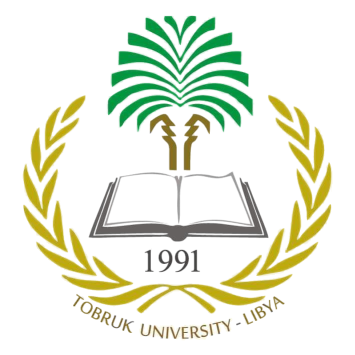 University of Tobruk is a public higher education institution located in the coastal city of Tobruk, eastern Libya. Established in 2007, it evolved from the Tobruk Teacher Training College founded in 1975. The university comprises 15 faculties across six campuses, offering a diverse range of undergraduate and postgraduate programs in fields such as medicine, engineering, law, economics, and humanities. With over 10,000 enrolled students and a dedicated faculty, the university is committed to academic excellence and community engagement. It has established partnerships with international institutions, including a Memorandum of Understanding with Germany’s University of Bayreuth to enhance training, scholarships, and research collaboration. Additionally, the university participates in the EU-funded HGRA project, focusing on migration studies and policy development. Despite challenges, such as temporary closures due to local conflicts, the University of Tobruk continues to play a pivotal role in higher education in Libya.
University of Tobruk is a public higher education institution located in the coastal city of Tobruk, eastern Libya. Established in 2007, it evolved from the Tobruk Teacher Training College founded in 1975. The university comprises 15 faculties across six campuses, offering a diverse range of undergraduate and postgraduate programs in fields such as medicine, engineering, law, economics, and humanities. With over 10,000 enrolled students and a dedicated faculty, the university is committed to academic excellence and community engagement. It has established partnerships with international institutions, including a Memorandum of Understanding with Germany’s University of Bayreuth to enhance training, scholarships, and research collaboration. Additionally, the university participates in the EU-funded HGRA project, focusing on migration studies and policy development. Despite challenges, such as temporary closures due to local conflicts, the University of Tobruk continues to play a pivotal role in higher education in Libya.
Tripoli University
 University of Tripoli (UOT) is the largest and one of the oldest public universities in Libya, located in the capital city, Tripoli. Established in 1957, it evolved from the University of Libya and was known as Al Fatah University from 1976 until it reclaimed its original name in 2012. UOT offers a comprehensive range of undergraduate, master’s, and doctoral programs across 20 faculties, including Medicine, Engineering, Arts, Science, Law, and Economics. The university serves over 74,000 students and employs nearly 3,000 faculty members. It is recognized for its contributions to research and education in Libya and has established international collaborations to enhance academic and scientific development.
University of Tripoli (UOT) is the largest and one of the oldest public universities in Libya, located in the capital city, Tripoli. Established in 1957, it evolved from the University of Libya and was known as Al Fatah University from 1976 until it reclaimed its original name in 2012. UOT offers a comprehensive range of undergraduate, master’s, and doctoral programs across 20 faculties, including Medicine, Engineering, Arts, Science, Law, and Economics. The university serves over 74,000 students and employs nearly 3,000 faculty members. It is recognized for its contributions to research and education in Libya and has established international collaborations to enhance academic and scientific development.
Zintan University
 University of Zintan is a public higher education institution located in Zintan, approximately 160 km southwest of Tripoli, Libya. Established in 2017 following the restructuring of Al-Jabal Al-Gharbi University, it offers a diverse range of undergraduate and postgraduate programs across various faculties. The university comprises 21 faculties, including Medicine, Engineering, Science, Law, and Education, with campuses in Zintan, Nalut, Jadu, Yefren, Kabaw, Reyayna, Tiji, Rujban, and Darj. The Faculty of Medicine, established in 2015, provides a Bachelor of Medicine, Bachelor of Surgery (MBBS) program, adhering to global standards in teaching and research. The university is recognized by the Ministry of Higher Education and Scientific Research of Libya and is committed to academic excellence, research, and community service. It has established partnerships with several Libyan universities to promote scientific and cultural cooperation.
University of Zintan is a public higher education institution located in Zintan, approximately 160 km southwest of Tripoli, Libya. Established in 2017 following the restructuring of Al-Jabal Al-Gharbi University, it offers a diverse range of undergraduate and postgraduate programs across various faculties. The university comprises 21 faculties, including Medicine, Engineering, Science, Law, and Education, with campuses in Zintan, Nalut, Jadu, Yefren, Kabaw, Reyayna, Tiji, Rujban, and Darj. The Faculty of Medicine, established in 2015, provides a Bachelor of Medicine, Bachelor of Surgery (MBBS) program, adhering to global standards in teaching and research. The university is recognized by the Ministry of Higher Education and Scientific Research of Libya and is committed to academic excellence, research, and community service. It has established partnerships with several Libyan universities to promote scientific and cultural cooperation.
Alasmarya Islamic University
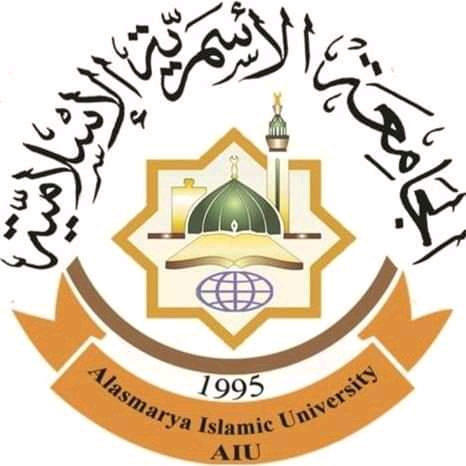 Alasmarya Islamic University (AIU) is a public higher education institution located in Zliten, approximately 120 km east of Tripoli, Libya. Established in 1995 as Alasmarya University for Islamic Sciences, it was renamed in 2013 to reflect its expanded academic scope .
Alasmarya Islamic University (AIU) is a public higher education institution located in Zliten, approximately 120 km east of Tripoli, Libya. Established in 1995 as Alasmarya University for Islamic Sciences, it was renamed in 2013 to reflect its expanded academic scope .
AIU offers a diverse array of undergraduate and postgraduate programs across 19 faculties, including Islamic Sharia, Arabic Language, Law, Medicine, Engineering, and Social Sciences. The university serves over 13,000 students and employs approximately 1,400 staff members .
The institution is committed to integrating traditional Islamic education with modern academic disciplines, aiming to contribute to social peace and sustainable national development .
AIU is recognized by the Ministry of Higher Education and Scientific Research of Libya and is a member of several international academic organizations, including the Union of Islamic Universities and the Union of African Universities
Affiliated entity
International Cooperation Centre (ICC – CCI), Trento, Italy
 Non-profit, independent organisation with experience in the definition and implementation of capacity building processes on the topics of local development, decentralised cooperation and global citizenship education. It is engaged in the analysis, information, training, and promotion of knowledge on issues of international cooperation, European affairs, peace, and human rights. Website: https://www.cci.tn.it
Non-profit, independent organisation with experience in the definition and implementation of capacity building processes on the topics of local development, decentralised cooperation and global citizenship education. It is engaged in the analysis, information, training, and promotion of knowledge on issues of international cooperation, European affairs, peace, and human rights. Website: https://www.cci.tn.it
With the support of
European Committee of the Regions
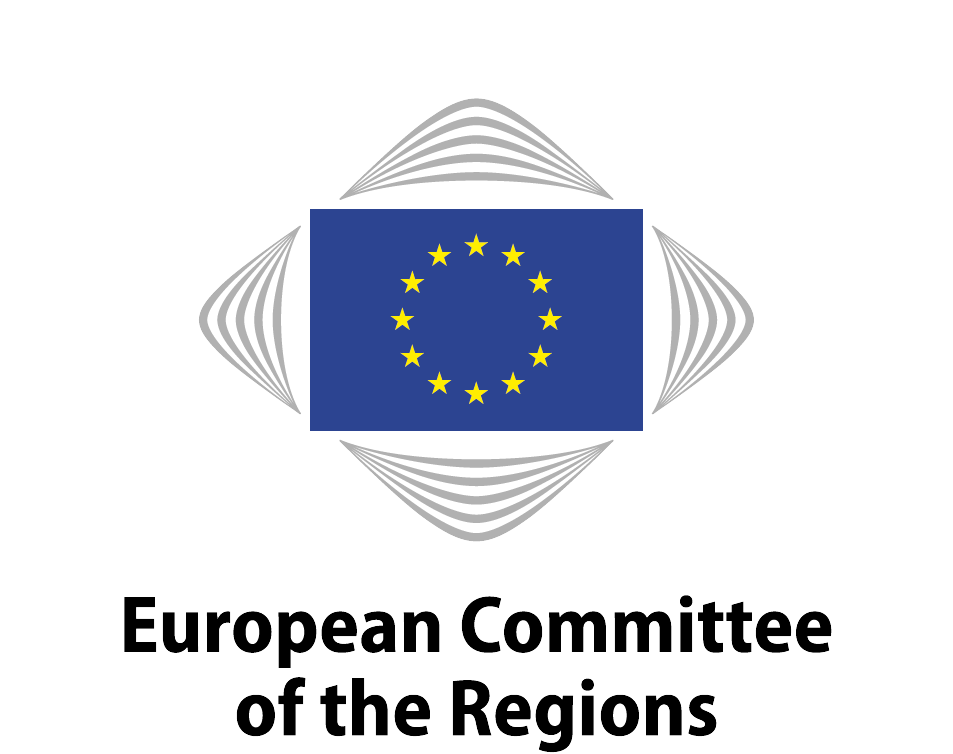 The CoR is the voice of regions and cities in the European Union. It represents local and regional authorities across the EU and advises on new laws that have an impact on regions and cities. The CoR is a political assembly composed of 329 members and 329 alternates from all EU countries who have been elected at local or regional level. Website: https://cor.europa.eu/en
The CoR is the voice of regions and cities in the European Union. It represents local and regional authorities across the EU and advises on new laws that have an impact on regions and cities. The CoR is a political assembly composed of 329 members and 329 alternates from all EU countries who have been elected at local or regional level. Website: https://cor.europa.eu/en
Delegation of the European Union to Libya
 The EU Delegation to Libya opened in Tripoli in 2011. It works closely with the United Nations Support Mission in Libya (UNSMIL), Member States and all other actors working towards the stabilisation and democratic transition of Libya. It hosts coordination meetings with EU member state embassies to coordinate policy and share information. The delegation manages an ongoing portfolio of programmes and projects amounting to around €360 million. Since 1 September 2020 the Head of the European Union Delegation to Libya is Ambassador José Antonio Sabadell. Website: https://eeas.europa.eu/delegations/libya_en
The EU Delegation to Libya opened in Tripoli in 2011. It works closely with the United Nations Support Mission in Libya (UNSMIL), Member States and all other actors working towards the stabilisation and democratic transition of Libya. It hosts coordination meetings with EU member state embassies to coordinate policy and share information. The delegation manages an ongoing portfolio of programmes and projects amounting to around €360 million. Since 1 September 2020 the Head of the European Union Delegation to Libya is Ambassador José Antonio Sabadell. Website: https://eeas.europa.eu/delegations/libya_en
